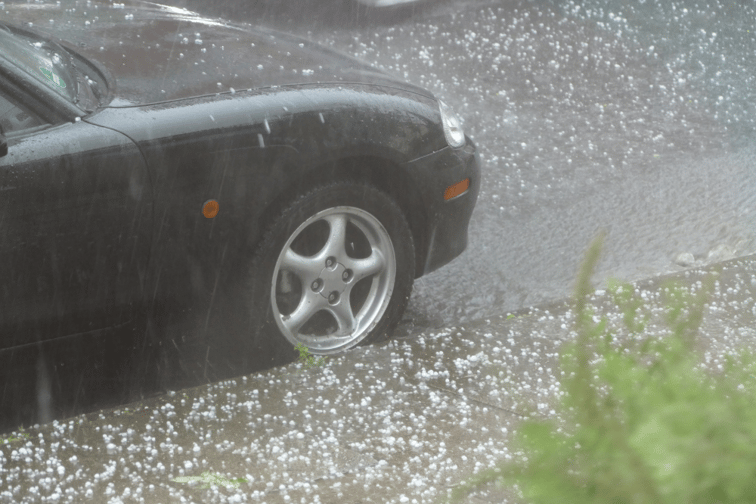

To cap off 2020, Environment Canada has ranked this year’s weather stories based on their impact and resulting damage.
The agency noted that for 2020, there were nine major catastrophic weather events with total insured loss estimates approaching $2.5 billion based on preliminary estimates by CatIQ. However, that cost is only a fraction of the total property losses and infrastructure costs from major and nuisance weather – which has cost billions more, Environment Canada said.
Sitting at the top of 2020’s weather stories is the June 13 hailstorm that struck the city of Calgary, AB. Considered Canada’s costliest hailstorm and the fourth most expensive insured natural disaster in history, the extreme weather event led to 63,000 damage claims (not including crop losses) at about $1.3 billion. Over 32,000 automobiles were extensively damaged by the hailstorm, and as much as $386 million in vehicle write-offs were recorded.
The second weather story on Environment Canada’s list is the Labour Day weekend smoke that blew through Alberta. Wildfires that broke out in the US around that time caused a lot of smoke, which was pulled towards Canada by a high-pressure system. The smoke caused a dense, fog-like shroud, turning day into twilight and blue skies into grey. The resulting poor air quality also caused a public health crisis – compounding COVID-19 risks – and actually prevented sunshine from heating the ground in some parts of the region, lowering temperatures by six to 10 degrees.
At third place on the list is Fort McMurray’s April 26 flooding event. Still recovering from a catastrophic wildfire event from four years ago, the city’s residents had to flee from severe flooding caused by ice jams along the Athabasca River. The ice jams caused water to back up in adjacent rivers, raising water levels between four-and-a-half and six metres. Flooding was so severe in the area, that 13,000 residents in the lower townsite of Fort McMurray were forced to relocate for over a week. Most of the water damage was to commercial property downtown – some 1,230 structures were damaged from both overland flooding and sewer backup.
The full list of Environment Canada’s top 10 weather stories of 2020 is as follows:
“As Canadians continue to experience more extreme weather, these top news events will simply, decades from now, be called ‘normal’,” Environment Canada said in a release. “As the Top Ten Weather Stories of 2020 bear out, exceptional weather which we thought was futuristic is occurring here and now. It is playing out in our backyards, in our communities and in our country.”
